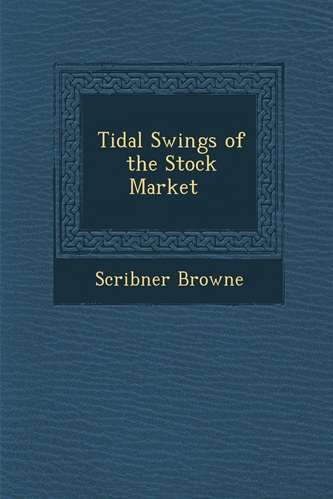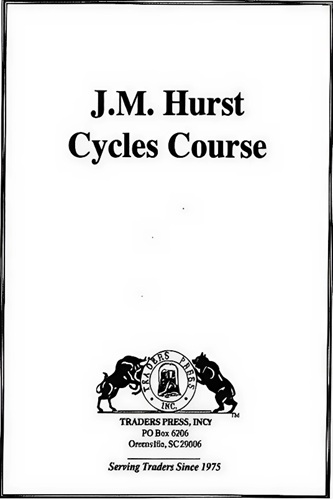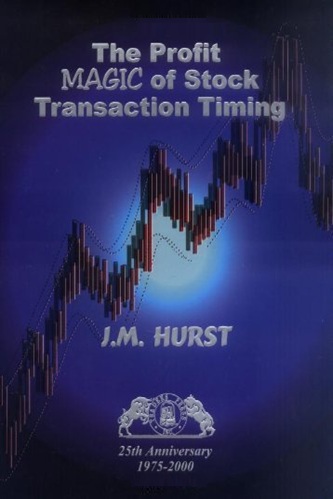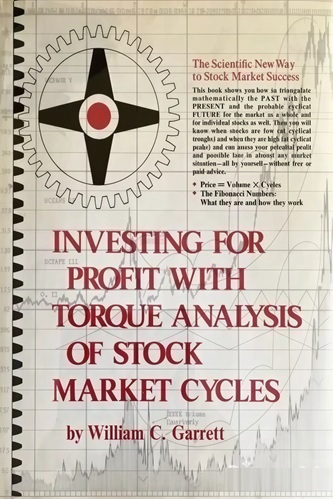Tidal Swings Of The Stock Market
$17.59
| Author(s) | |
|---|---|
| Product Type |
Ebook |
| Format |
|
| Skill Level |
Intermediate to Advanced |
| Pages |
113 |
| Publication Year |
1916 |
| Delivery |
Instant Download |
“Tidal Swings of the Stock Market” by Scribner Browne is one of the most intellectually refined and empirically grounded early studies of market cycles, psychological sentiment, and economic causation behind stock price movements. Published under The Magazine of Wall Street series, this book bridges technical, psychological, and cyclical dimensions of market behavior, establishing a framework that prefigured modern cycle theory and behavioral finance.
Browne’s “tidal swings” analogy explains how broad uptrends and downtrends — like the ocean’s tides — rise and fall through interconnected waves of money rates, business activity, psychology, and investor sentiment. Across its eleven chapters, he explores how demand and supply, interest rates, bond markets, and investor psychology interact to form multi-year cycles that drive speculation.
By combining data analysis, historical charts, and practical insight, Browne provides a timeless guide to understanding the long waves of market movement, how to measure them, and how investors can align their trading strategies with cyclical forces rather than fight them. It is a seminal resource for students of market timing, behavioral trading, and economic rhythm.
✅ What You’ll Learn:
- How to identify and interpret the “tidal swings” — long-term market cycles that shape bull and bear phases.
- The role of money supply, interest rates, and bond yields in forecasting stock trends.
- The relationship between business activity, bank clearings, and market behavior.
- How psychology, crowd sentiment, and speculative emotion drive market tops and bottoms.
- The relative duration of bull vs. bear markets and why declines are shorter but sharper.
- How trading volume, reactions, and rallies reflect underlying investor sentiment.
- Practical guidelines for constructing price graphs and timing investments across major cycles.
💡 Key Benefits:
- Gain a historical yet timeless understanding of cyclical market structure.
- Learn how psychology and monetary conditions merge to shape long-term price behavior.
- Strengthen your analytical framework for anticipating turning points in markets.
- Apply the same cyclical logic used by early 20th-century market theorists like Gann and Selden.
- Discover how to balance analytical discipline with psychological control in trading.
👤 Who This Book Is For:
This book is essential for:
- Cycle and Gann analysts seeking original 20th-century insight into recurring market patterns.
- Traders and investors aiming to master market rhythm and macro-timing principles.
- Behavioral finance enthusiasts studying how emotion and logic interplay in speculation.
- Historians of Wall Street interested in the foundations of cycle and sentiment analysis.
📚 Table of Contents:
- What Is Meant by Tidal Swings
- How Prices Are Made
- Relation Between Money and Stocks
- Relation Between Bonds and Stocks
- Relation Between the Market and Business Conditions
- Influence of Psychology on the Broad Movements of Prices
- Price Movements in Bull and Bear Markets.
- What the Volume of Transactions Shows
- The Selections of Securities
- Following the Trend
- Some Prartical Suggestions
Tidal Swings Of The Stock Market By Scribner Browne









